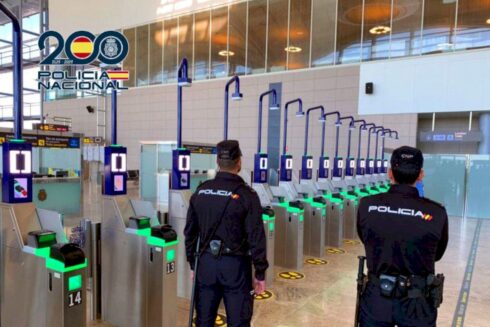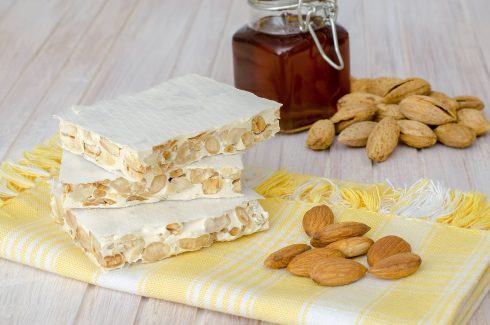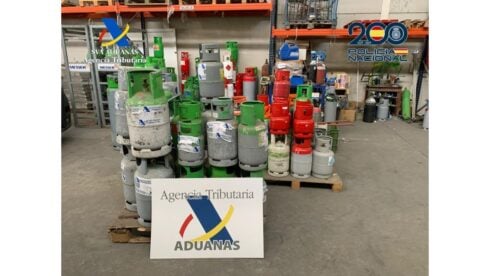VALENCIA is a coastal paradise for wine fans. Like lots of places in Spain, winemaking in Valencia has historic roots that go back centuries – as far back as the Phoenicians in fact, who introduced wine to the region somewhere between 4,000 and 3,000 BC.
But curiously for such a tourist-focused region with a focus on making the most of its natural attributes such as its wonderful rice-based cuisine, Valencia’s wine sector rather languished in the doldrums for much of the latter half of the twentieth century, focusing on bulk wines and international grape varieties which were high in alcohol but distinctly lacking in regional identity.
But with the dawn of the 21st century, Valencia’s winemakers emerged blinking into the light and began to discover their regional identity: diverse landscapes, lovely vineyards planted with old vines, and a range of wonderful native grape varieties.
All the ingredients then to fashion an engaging local wine story rooted in Mediterranean culture and tradition.
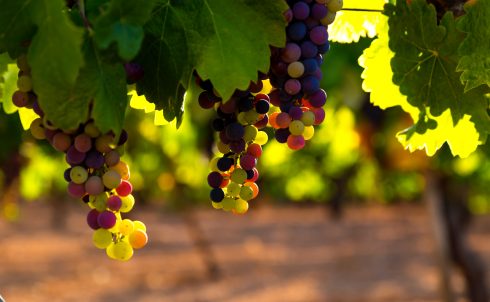
So what does Valencia offer today’s wine enthusiasts? Firstly, variety. Strictly speaking, Valencia encompasses the Denominaciones de Origen of Valencia, Vinos de Alicante and Utiel Requena; three wine-growing regions with quite distinct characteristics.
Vinos de Alicante to the south, which extends inland towards the start of the central meseta and the city of Yecla, is famous for its Monastrell-based red wines or the wonderfully sweet fondillon made with deliberately over-ripened grapes, but also includes the little nub of vineyards known as the Marina Alta, around the towns of Javea and Denia, known for its perfumed, Muscat-based white wines.
Poke your nose inland and north-west a bit and the land climbs as you reach Utiel-Requena, the coolest of the Mediterranean DOs and home to the Bobal grape, Spain’s third most widely planted variety. Long a stalwart of the bulk wine world, local growers are discovering that this drought and disease resistant grape can make some wonderful, single varietal wines, especially from higher plots where the cooler nights help lock in freshness.
Swivel back towards the coast and you’re back DO Valencia itself and its four quite distinct sub-zones of Alto Turia in the north-west corner of the region, Valentino, Moscatel and Clariano. Vineyards in Alto Turia benefit from altitudes of between 800 and 1,100 metres above sea level. Look out for fresh, white table wines made from the Merseguera grape (sometimes labeled locally as Verdosilla).
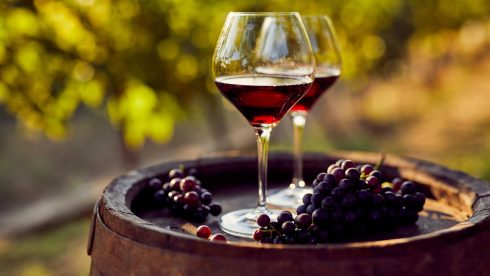
The low-lying Moscatel zone inland from the city of Valencia is, of course, the home of Moscatel de Alexandria, erstwhile ingredient for sweet wines or raisins but nowadays the basis for deliciously aromatic white wines laden with notes of orange blossom or jasmine.
While you’re there, don’t miss a trip to Clariano, especially the Terres dels Alforins area west of Ontinyent. Look out for wines from bodegas like Celler del Roure, Los Frailes or Rafa Cambra and discover the best that Valencia’s new wine scene has to offer.
Simply Spanish Wine is an online community for wine lovers who want to learn more about the amazing wines of Spain. Check out the website, subscribe to the YouTube channel or join them on Facebook
READ ALSO:
Click here to read more Food & Drink News from The Olive Press.


